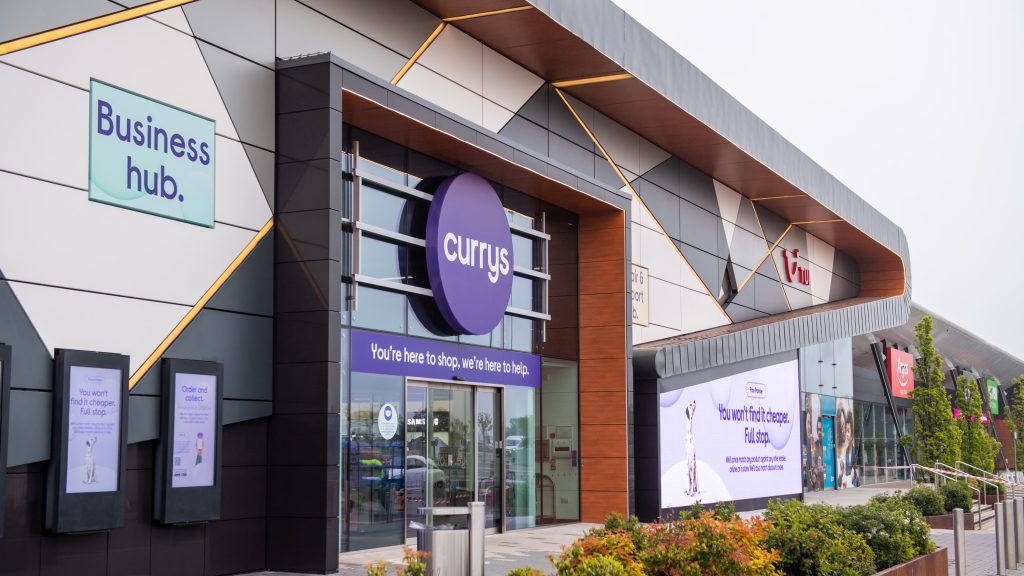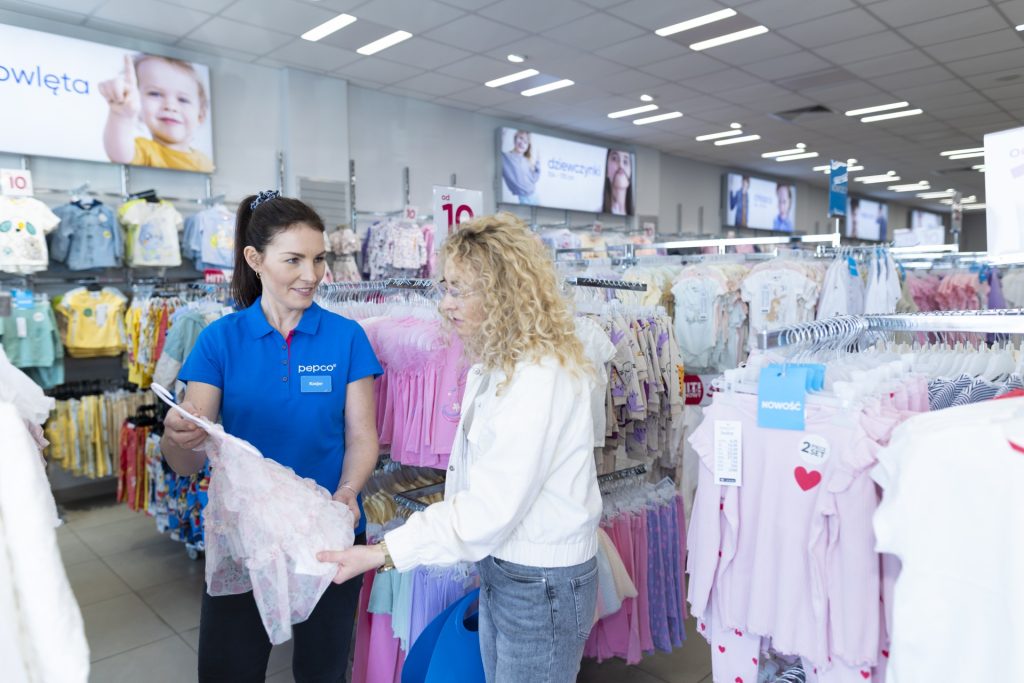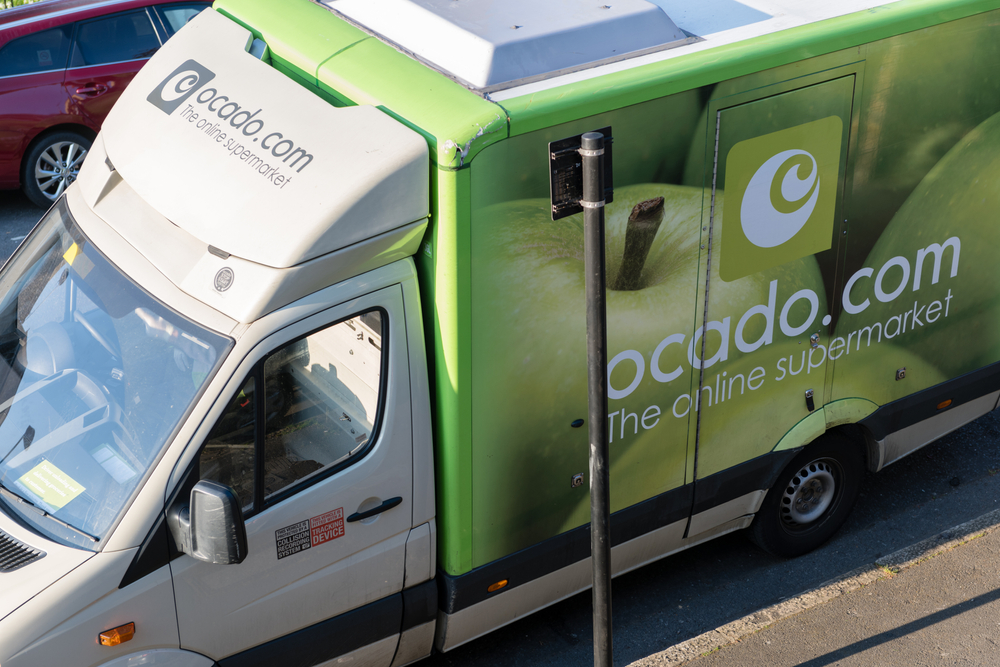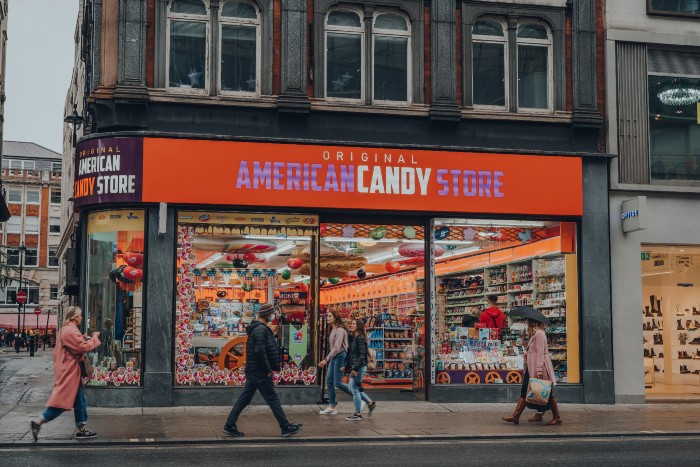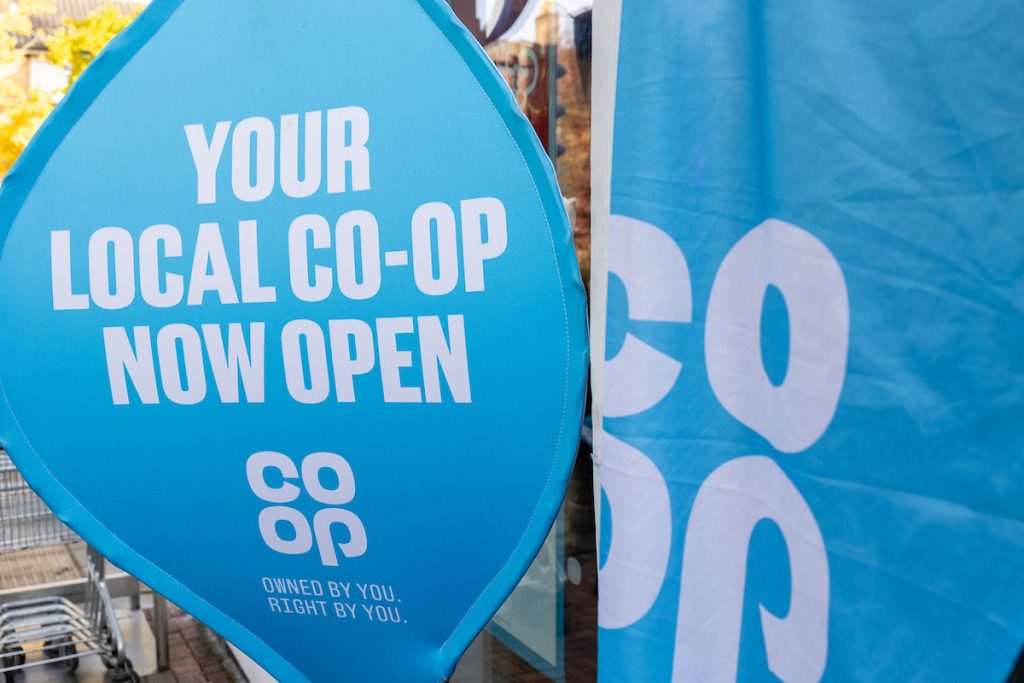The world of retail has changed considerably over the years. Where once stood small bricks-and-mortar corner shops now stands an ever-expanding sea of online retailers. In fact, a nationwide study by Royal Mail of online-only retailers has found that the number of such businesses in the UK has more than doubled in the past five years from 6,700 in 2008 to 14,400 in 2012. As retailers strive to incessantly grow their customer base, the one thing they should try to emulate is the personal and high-quality customer service small corner shops have always been able to provide.
Consider the customer experience in a local newsagent – the shop assistant greets you on a first-name basis and over their years of experience, will know what you‘re looking for while making informed suggestions on what you might like. It‘s this kind of personal touch and superior understanding of what their customers want that creates the unwavering customer loyalty a traditional shopkeeper once needed to survive. Today, while the shopping experience has evolved drastically, the significance of customer loyalty remains very much unchanged – this is the reason why online retailers of all sizes are chomping at the bit to replicate this personal “corner shop customer experience”.
Business-to-consumer e-commerce sales set to pass the €1 trillion mark in 2013, according to a new report by the Interactive Media in Retail Group (IMRG). With competition fiercer than ever and with demand for online shopping reaching its peak, in depth customer engagement is more crucial than ever for survival. So how can online retailers provide a personalised customer experience that matches up to the once-popular corner shop?
Know your customer
Online businesses are already beginning to understand the vast potential that data analytics can offer them. In fact, according to research by MGI and McKinsey‘s Business Technology Office, it is estimated that a retailer using big data to the full could increase its operating margin by more than 60 per cent. With the help of affordable cloud-based technology, coupled with elastic storage, it is now economically viable even for small and medium-sized online retailers to invest in new ways of understanding their customers.
Retailers have access to a vast pool of customer data but the information is useless unless it is analysed and interpreted to provide key intelligence on customers. Retailers should be using data on each customer‘s purchase behaviour, browsing history, website and email behaviour, contact data, and any additional offline information the customer has provided to gain a better understanding of their position in the customer lifecycle and their potential for the business. This can also help them determine whether a customer is a prospect, a first time buyer, a repeat purchaser, a premium customer or an inactive customer. This insight can then be used to help retailers market their products differently for each individual customer, ensuring they increase the revenue per customer, prolong their ‘active customer‘ stage and use tactics to reawaken dormant customers.
Personalise the customer experience
Treating each customer as an individual has never been more important. With competitors no more than a click away, customers now expect a top-quality, personalised shopping experience from retailers.
Once they‘ve identified the different types of customers, online retailers should be using the data they have to target them individually based their position in the customer lifecycle. For example, an online book retailer may look to interact with their premium customers – those that regularly browse and buy – through marketing emails that promote new books that have recently been published. However, the same retailer would need to use a different tactic to interact with dormant customers – those that have brow



